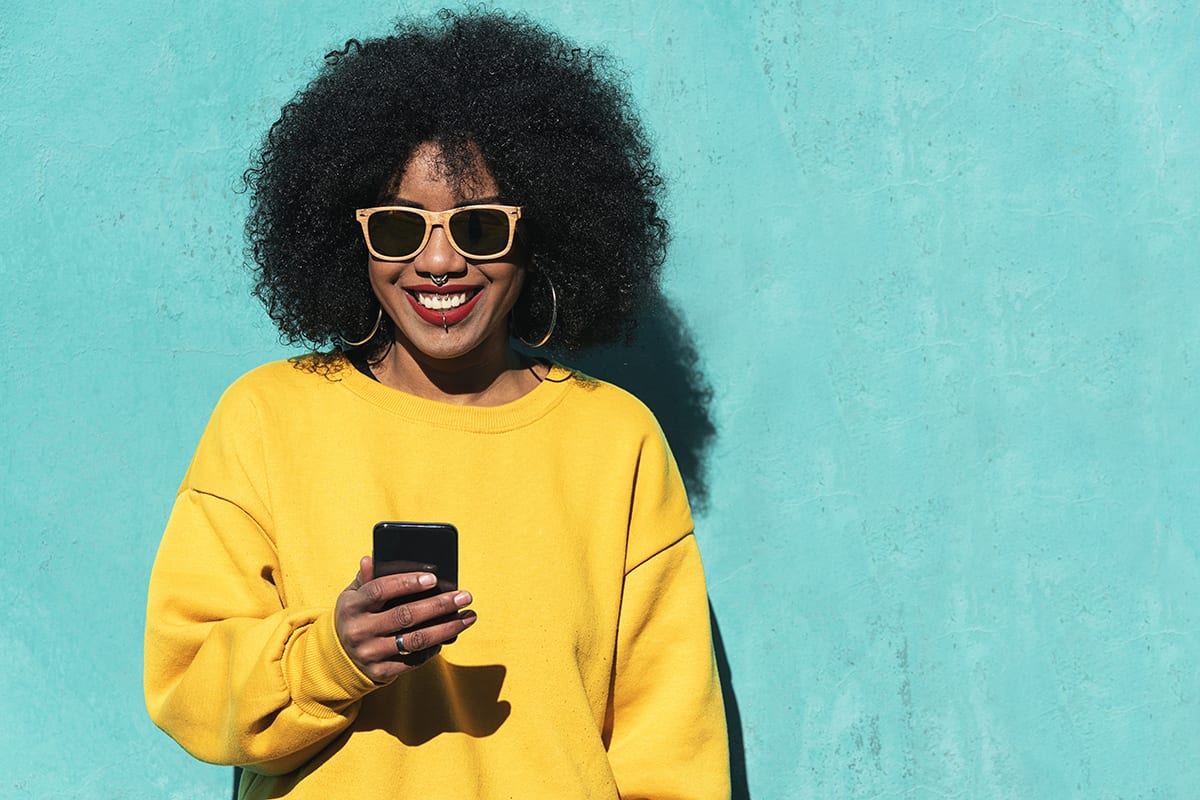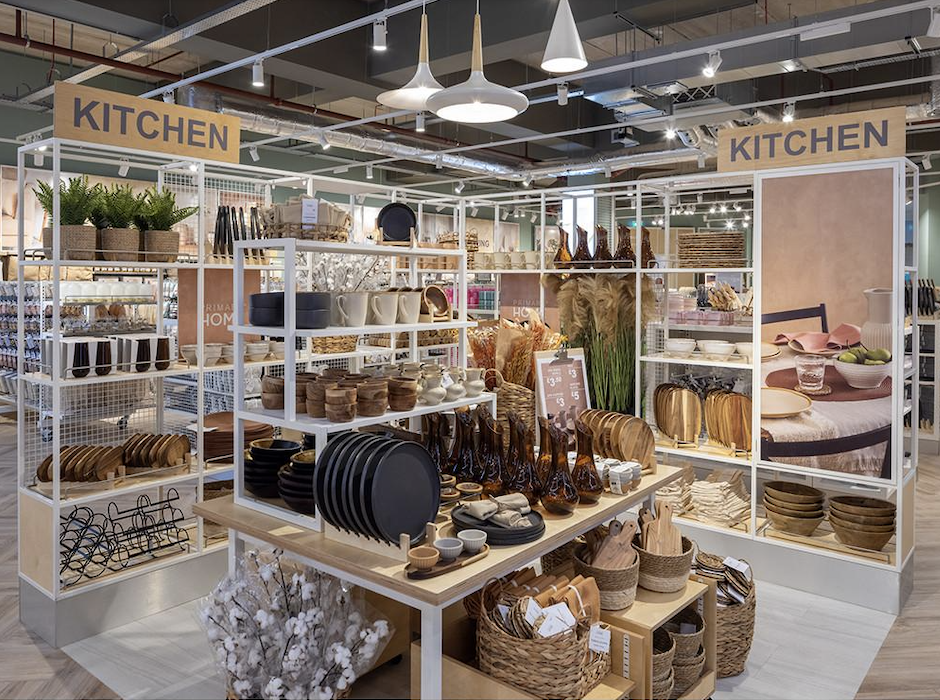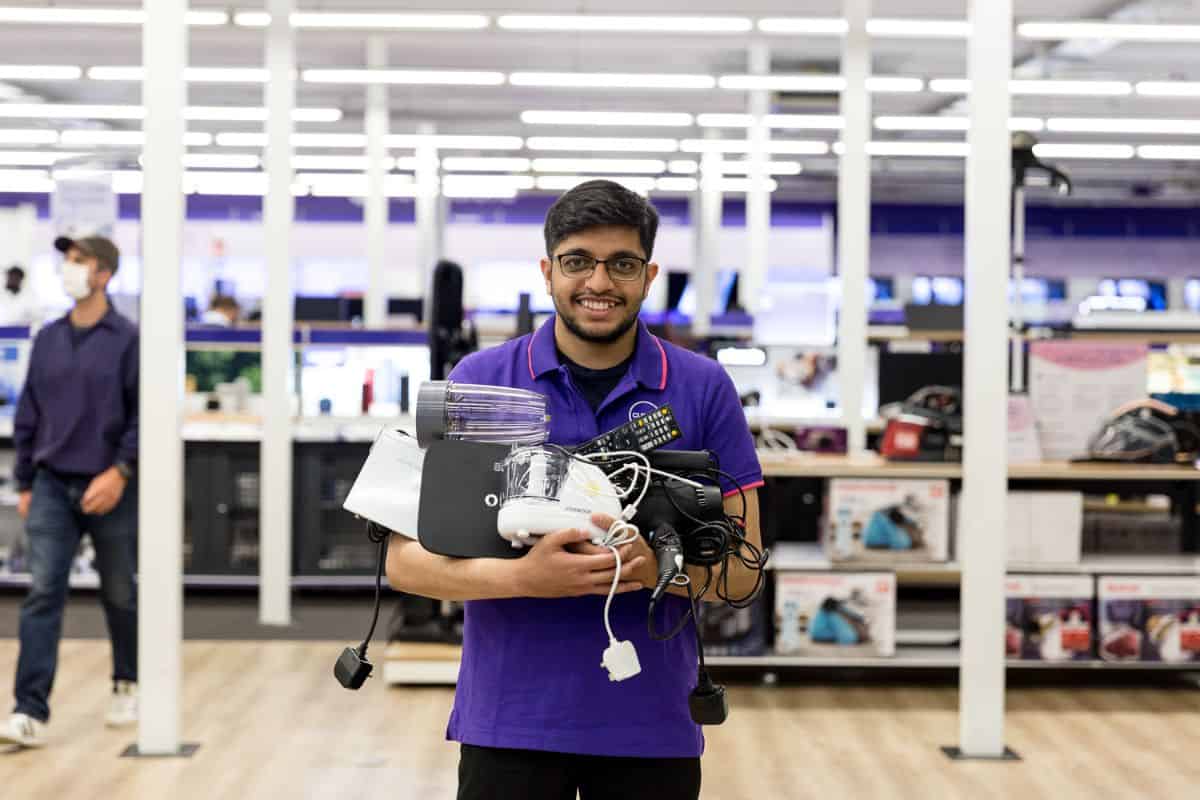From rental to the metaverse via livestreaming and social media, fashion retail continues to evolve.
Digital Editor, Scarlette Isaac, looks at the main drivers of growth in this increasingly affluent sector based on the findings from our latest Fashion 2022 report.
1. Fashion rental
One of the most unexpected fashion sector growth trends to come out of the pandemic has been the growth of the fashion rental market. Already a $4.74bn industry in 2019, the market for renting apparel, especially at the luxury end of the market, is predicted to take hold in 2022.
This is partly due to an increased demand for higher-end and luxury fashionwear – particularly from the younger population, who want something they can wear once and return. The second factor is sustainability. The same demographic that is desirous of rapid turnover of luxury fashion items is also one that is more focussed on the environmental impact of their purchases. Fashion rental allows them to not only keep shifting their apparel, but also to see the garments they hire get more use and re-use than one off purchases.
a ‘waste-free wardrobe’.
2. Social ecommerce
The fact that social platforms themselves are increasingly becoming shoppable, means that they could well become the key driving force in fashion ecommerce if the trend continues. Social commerce sales are expected to triple by 2025, with more than a third of Facebook users planning to purchase through the platform in 2022.
However, many fashion brands are still getting used to this new way of selling and as a result, engagement rates are low, with Instagram managing 0.68%, and Facebook and Twitter just 0.03% each.
Mainstream fashion brands, Burberry, H&M and Forever 21 are paving the way for social ecommerce – all taking to Instagram to promote their products, as well as waving the flag for sustainability and ethical production.
3. AR & VR
One of the drawbacks with buying fashion apparel, footwear and accessories online has been the inability to try them on – both to assess its fit, but also whether it is the right style or colour. Here the use of augmented and virtual reality (AR and VR) are coming to the fore and are set to increase in use across fashion retailer sites and, in particular, apps and mobile web, as retailers look to add ‘virtual fitting room’ functionality to drive conversion.
As far back as 2018, data showed that 46% of retailers were planning to deploy AR or VR services. The shift to ecommerce during the pandemic has seen some 1% of all retailers now using AR and VR, with 5% of all AR use set to come from retail in 2022.
It is popular, too, with consumers. 71% of consumers claim that they would shop more often online if they could use AR, while 61% of them already prefer retailers that offer an AR experience of some sort. The downside of a move to AR is that the retailer or brand has to invest not only in the technology to deliver such a service but the 3D renderings or photos and even videos of their items. For brands that have a large inventory this can be costly.
The information used in this article was originally published in the EMEA Fashion 2022 report. Download the full version here to learn more about the wider fashion sector, including growth vectors, macroeconomic events and strategic insight into leading brands.









